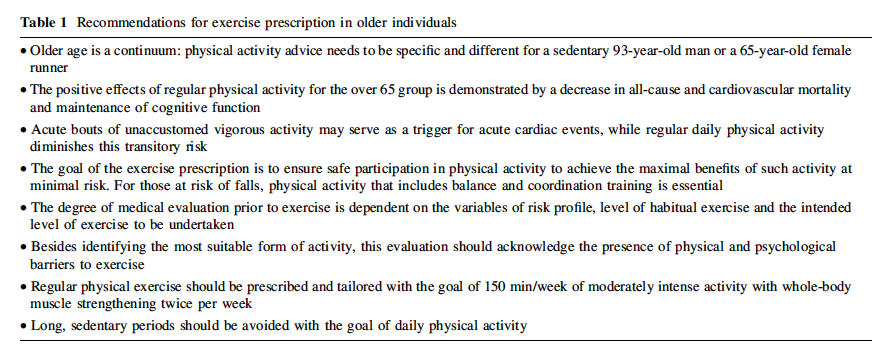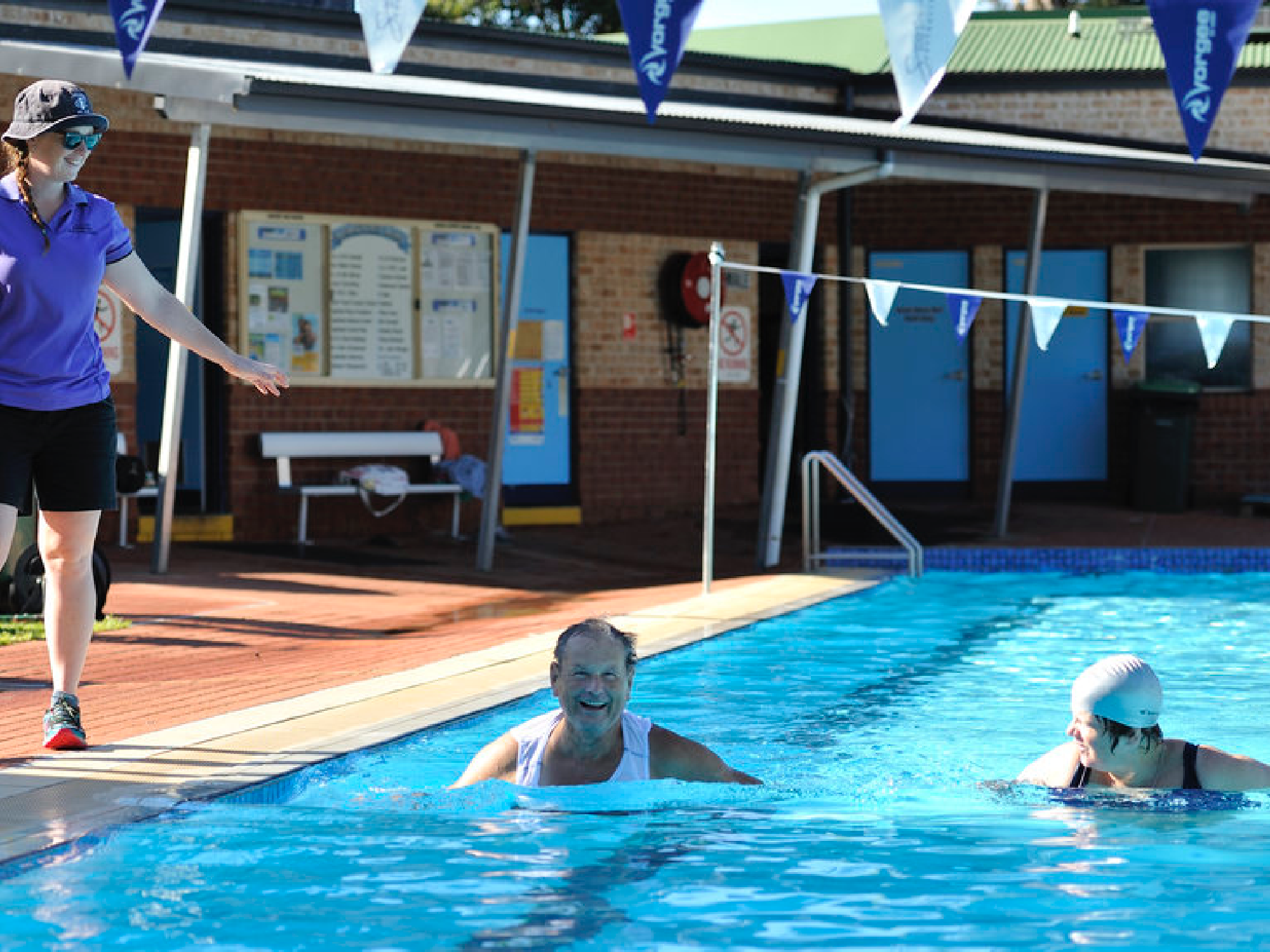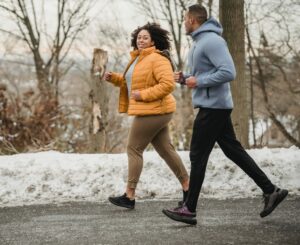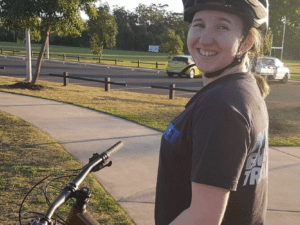As we age and reach retirement age adults have a tendency to decrease their physical activity levels. Often when I ask my clients if they’re physically active or complete exercise they tell me that they exercise A LOT and that they’re very busy. Running the grandchildren around, vacuuming, mowing etc… But are they really exercising? According to the definition physical activity is defined as increasing energy expenditure through any type of bodily movement i.e. gardening, dusting, mowing etc. Exercise is defined as setting a goal and time to complete an activity of higher intensity. In the aging population sometimes physical activity and exercise can be interchangeable especially as we move into the older age groups.
When we age we experience a progressive decline in physiological systems which can affect our ability to be independent and decrease our physical capacity resulting in a decrease in quality of life. However, through the use of exercise, it can be beneficial to assist in the reduction of cardiovascular disease, anxiety, depression, osteoporosis, falls, hypertension, diabetes and pre-diabetes. Exercise especially in the over 65’s has shown improvements in brain and cognitive ability. There are many benefits to exercise through cardiovascular exercise or strength training which have proven benefits in improving age-related decreases in insulin sensitivity and decrease in BMD.
When prescribing exercise to older individuals it should be tailored, individualised and goal orientated. There are many different types of exercise and forms of exercise prescription, in the table below are just some of the recommendations from the article by Barr, M., et al (2013). When referring a patient for exercise trust the professions in exercise prescription, use an Accredited Exercise Physiologist.

Table 1: Exercise for Aging Individuals by Barr, M., et al. (2013).
Exercise Physiology covers a very broad scope and studies have shown that it can improve brain function, lung function, heart function, bone and joint function (nearly) everything. But only with the right prescription, it’s not a one size fits all approach. That’s why as trained professionals we take great pride in being able to provide our patients with the best Evidence-Based Exercise Prescription for them. We use Physitrack for adherence and exercise tracking purposes, as well as weekly phone calls to check up on their progress with their current program and this, is because research has shown it improves patients recovery.
Batt, M., Tanji, J., & Borjesson, M. (2013). Exercise at 65 and Beyond. Sports Medicine. 43. 525-530. doi: 10.1007/s40279-013-0033-1




